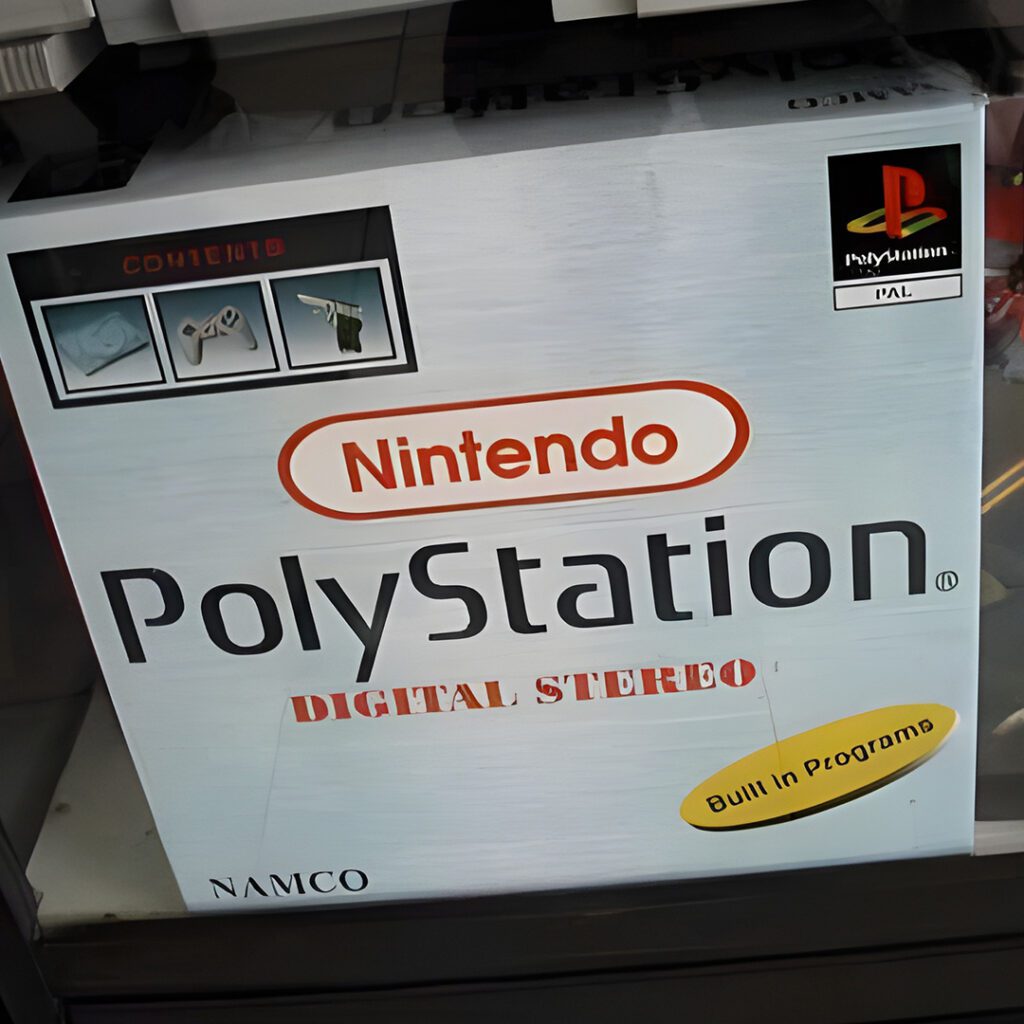
We all love the thrill of the hunt. Searching high and low for that prized vintage or retro gem. There’s nothing quite like the rush of finally setting eyes on it. The rare-yet-pristine vinyl, a designer belt with a bit of backstory, or that Gucci handbag that looks too good to be true.
But like pulling the aux cord mid-chorus, or a wasp crashing your picnic, nothing kills the buzz faster than realising it’s a fake. Sadly, there’s always someone out there to spoil things, and the world of vintage is no different; it’s full of imposters and those looking to take advantage of others’ passion. And as more people turn to circular fashion, the fakes are only getting harder to spot.
We love vintage, all things retro, and the people who are passionate about it. That’s why we put this guide together.
Whether you’re a die-hard collector, a casual browser, or a seller on Vint Street trying to do right by your buyers, we’ve pulled together some simple, no-nonsense ways to tell what’s real and what’s not. It’s about staying sharp, learning from the signs, and keeping quality in circulation. Think of us like Morpheus from The Matrix, only we can help you dodge fakes, not bullets.
Let’s get into it.
Clothing: Look Past the Label
Clothing is where most of the fakes turn up. And while some are laughably bad, others are scarily convincing. Luckily, most fakes still give themselves away if you know what to look for. These are what to look out for when trying to see if what you have is genuine, or something more along the lines of a Lewis Mutton or Gucki.
- Labels & Stitching: Checking these is always the best place to start, as it’s often the easiest tell. Fonts should be clean and consistent. If the brand name is slightly off (like “Addidas” or “LaCrosse”), spoiler alert: it’s a genuine fake. Look at where the label is sewn in — if it looks rushed, uneven, or like it was added after the fact, that’s a red flag. Real vintage pieces usually have overlocked seams and tidy construction, even if they’ve aged. They’re also not the greatest quality, and will show signs of fraying, wear and tear much quicker than their proper counterparts.
- Material & Feel: Fakes often cut corners with fabric. That’s not surprising, quality materials aren’t cheap, and they’re looking to cut corners and cost to maximise their profits. If it feels plasticky, too shiny, or too thin, it probably is. Brands use specific blends for a reason, and while wear and washing can affect texture, good vintage still feels substantial.
- Print & Logo: Misaligned prints, smudged logos, or strange spacing all suggest something’s off. Check reference images online, especially for band tees or branded sportswear. Small inconsistencies in logo colour or shape can tell you a lot.
- Serial Tags & Product Codes: Some mid-to-high-end brands include batch or serial codes on their labels or inside hems. If it’s missing or looks slapped together, be sceptical.
- Bonus Tip: If you’re not sure, check sold listings on trusted resale sites and compare images, then have a game of spot the difference.

Accessories: Designer Doesn’t Mean Dodgy
Bags, belts, sunglasses, and watches — accessories are a fake hotspot. Especially if the brand is high-end.
- Hardware: Pay attention to zips, clasps, and buckles. Cheap fakes use lightweight metals or plastic that feels hollow. The hardware should have some weight, and the finish should be smooth and consistent. Scratched, brassy, or flaky finishes are an instant red flag.
- Logo Details: Fake accessories often have logos that are slightly off-centre, misaligned, or wrongly sized. It’s subtle, but if the logo feels wrong to your eye, trust your gut. Check the font too: fakes often use approximations that are just a little too thin or too bold. Sometimes, even the alignment or spacing can be ever-so-slightly off, too.
- Stamps & Engravings: These should be crisp and clear. If they look melted, blurry, or overly shallow, it’s likely a fake. Many designer accessories also include date codes or country-of-origin tags. No code? Be cautious.
- Packaging: Ironically, some fakes try to overdo it here. If the dust bag, box or tags feel flashier than the item itself, ask questions.
Vinyl: Don’t Get Played
Vinyl records are booming again, and so is the bootlegging. While some unofficial pressings are openly sold as such, others try to pass as the real thing. Here’s how to avoid getting duped.
- Matrix Numbers: These are etched into the runout groove (the space between the end of the track and the label). Legit pressings almost always include them. No matrix? Proceed with caution.
- Label Accuracy: Check the label’s artwork, font, and placement. Anything that looks off-centre, overly pixelated, or missing key info (like catalogue numbers or copyright text) could be a fake.
- Sleeve Quality: Originals tend to use high-quality cardboard and printing. A sleeve that feels thin, looks fuzzy, or has spelling errors is a warning sign.
- Price vs Rarity: If you stumble across what should be a £150 pressing for £20, be sceptical. Yes, it’s possible you’ve found the ultimate bargain, but it’s much more likely to be a reissue or a bootleg pretending to be rare.
- Check Discogs: Discogs is the definitive music database, and basically the holy grail for vinyl verification. Search the release and compare your version against the real deal. If something doesn’t quite align, that’s not a good sign.
Games: Cartridge or Catfish?
Retro gaming is booming these days. The gaming industry is old enough now that pensioners are on their PlayStations. And of course, that means the counterfeits are booming too. Game cartridges, consoles, and even boxed sets are all being faked, especially popular Nintendo and Sega titles.
Pokémon cartridges are about the most notorious for this, given their popularity and value, so if you own one or are looking to, absolutely heed the advice here. There are even dedicated guides for spotting Pokémon fakes, they’re that rife.
- Cartridge Shell: The plastic itself can give it away. Originals have a consistent tone, solid weight, and clean edges. Fakes often feel lighter and have mould marks or colour mismatches.
- Screws & Labels: Originals use specific screws (like Nintendo’s tri-wing). If you see Philips heads, it might be fake. Labels should be glossy, centred, and clear. Bubbly or fuzzy labels? Run!
- Boot Screen Issues: If you can test the game, look out for odd boot sequences, language issues, or glitchy menus. These are telltale signs of a reproduction or hacked ROM.

Trust the Platform (and Your Gut)
When in doubt, trust your instincts. If you’re not 100% sure of something, it’s much better to play it safe and walk away than risk ending up disappointed. Most fakes give off a vibe, even if it’s hard to explain. The stitching feels rushed. The vinyl sleeve looks too clean. The label is just a little bit… off.
That’s where Vint Street comes in. We vet our sellers and expect transparency and accuracy across all listings. And because our community is sharp, it doesn’t take long for something sketchy to get flagged. Still, if you ever feel unsure — whether you’re buying or selling — ask. We’re happy to help.
And if you’re listing something and aren’t 100% sure about its origin, that’s fine too. Just be honest about it. Transparency goes a long way, especially with vintage.
Get Real
Buying pre-loved isn’t just about saving money, it’s about finding pieces with a past. When you know what you’re looking at (and what to avoid), the hunt gets even better. It’s when you don’t fully know that things can get tricky. Take the time to get in the know, to help keep fakes out of circulation and preserve the quality of pre-loved and the stories behind them.
And if you have something in your collection that you’re not sure about, or spot something in a listing that sets off your Spider-Sense, don’t hesitate to reach out to us on [email], we’re always happy to help!
So next time you find that grail piece? You’ll know it’s the real thing. And that buzz? It’ll be even better.
And while you’re here, why not go and bookmark our next show on Whatnot? Great deals on genuine vintage threads. You’ll find no fakes there. Or, find more helpful guides and interesting posts on our blog, Word on the Street.
Until next time, folks.








Add comment